Hey Hey and a Big G'Day toya
Xian City, once known as Chang'an and one of the most famous cities on earth. A metropolis that once influenced the greater world. Here I sit once again in a hostel filled with people from all races. Around me there are blacks, whites, yellows, Europeans, Americans, English, Africans and from what I can gather, one rather silly Aussie.
A completely different Xian that I entered almost nine years ago.
Present day Xian fits more that of Chang'an city of yesteryear where many of the worlds great religions once swam happily together in the one tea cup. Sitting at the end of the Silk Road people from all walks of life once unloaded camel caravans full of goods from almost every continent on earth!
This city is now my home but it is a home that no matter how many times I open my eyes to I will never be able to comprehend the fact that it really is the place I am to call 'home'.
It was home to eleven dynasties that stretch all the way back to the Zhou Dynasty in the eleventh century BC, that is 1100 to 221 BC. That is a big call for almost everyone on earth let alone an Aussie with a history of just over two hundred years.
If I had traces of Aboriginal in me I'm sure I could stand proud and better anyone here right now. But I don't so I shall simply continue to walk around in amazement.
I arrived several days ago and met a sleep walking Luo Wei at the Mc Donald's near the train station. She was so totally exhausted and run down that she has simply slept nearly all of the past several days. She wakes, looks around the room and within seconds is fast asleep again. I don't think I have ever experienced what she is feeling right now, mainly due to the fact that in the western world we are not allowed to work the hours she is working.
She works from half past seven in the morning until after midnight most nights. Some of those nights (or mornings) she maybe have to take students to the Xian hospital, do her best to sleep in a chair and then be back at her uni in time for work the next day and then continue. If students are lost in the mountains then she and some others have no choice but to go to those mountains and search until they are found and then be back at work the same day in time for work.
We would simply laugh at our boss and call the union and go home after an eight hour working day. If our working day is twelve hours then once again we could call the unions and go home. Not only that we would be well paid for any over time we agreed to work. She gets paid around three Aussie dollars for any extra day she works. That means her salary is for five days a week. She hasn't had a single day off for well over a month and any extra day, meaning weekends, she gets paid twenty Yuan for the day.
But it doesn't matter how many hours she works each day during the week, there is no overtime after eight hours. They simply have to work until the days workload is finished.
Think of that when you complain about your job and boss!
There is no meal allowance and many times there are no meals.
There is no double time, triple time or even over time.
There is just a workload that must be finished.
Life my friends is not always what it seems!
And I am and never will be always what I seem!
But then again, have I ever been what I seem to be?
Huh?
During one of my days wanderings somewhere out of the cities Southy Gate I came across the Daxingshan Temple and it was an excellent find!
Beers N Noodles toya.....shane
_________________________________________________________
The soundtrack to this entry was by The Lonious Monk Quartet
The album was 'At Carnegie Hall'
__________________________________________________________
Situated in the suburbs south of Xian is the Daxingshan Temple; one of the oldest Buddhist temples in China. It was built during the Western Jin Dynasty (265-316). During the Sui and Tang dynasties, Buddhism prevailed widely in Chang'an, Xian City's earlier name. Many Indian monks remained there to translate the sutras and promulgate the Buddhist doctrines. Over time, the Daxingshan Temple became one of three temples especially used for translating sutras. The other two are Ci'en Temple and Jianfu Temple.
The present-day Daxingshan Temple is the result of large-scale restorations in 1955 and 1983. Inside the temple, Qing-style architectural features are predominant, including Mountain Gate, Devajara Hall (Hall of the Heavenly Kings), Mahavira Hall (Daxiongbaodian), Bell and Drum Towers, Kwan-yin Palace and many other halls in which Buddhist followers can pray.
As one enters the Mountain Gate, the Bell and Drum towers can be seen on either side. A wood-carved Maitreva statue from the Song Dynasty stands in the middle of the Devajara Hall, with four Heavenly Kings flanking it. On walking into the Kwan-yin Palace, a sandalwood-made, thousand-hand Kwan-yin statue is sure to surprise you! During some of the Buddhist festivals, the temple is crowded with believers. Today, the Daxingshan Temple and its surroundings have been developed into a park temple and is open to tourists.
National Day N the Daxingshan Temple Adventure
Thursday, October 02, 2008
 Xi'an, Shaanxi, China
Xi'an, Shaanxi, China
Other Entries
-
403Welcome To My Filthy Xinyang Hotel Room
Aug 1647 days prior Xinyang, Chinaphoto_camera7videocam 0comment 0
Xinyang, Chinaphoto_camera7videocam 0comment 0 -
404There Are Bloody European Villas on Ji Gong Shan
Aug 1746 days prior Ji Gong Shan, Chinaphoto_camera50videocam 0comment 0
Ji Gong Shan, Chinaphoto_camera50videocam 0comment 0 -
405The Sun Shines N Splendour on Ji Gong Shan
Aug 1845 days prior Ji Gong Shan, Chinaphoto_camera50videocam 0comment 0
Ji Gong Shan, Chinaphoto_camera50videocam 0comment 0 -
406Retracing Steps of Beauty N a Beauty for Dinner
Aug 1944 days prior Ji Gong Shan, Chinaphoto_camera30videocam 0comment 0
Ji Gong Shan, Chinaphoto_camera30videocam 0comment 0 -
407Borrowed Time! How Much Time Is Good Time?
Aug 2340 days prior Xinyang, Chinaphoto_camera29videocam 0comment 0
Xinyang, Chinaphoto_camera29videocam 0comment 0 -
408Walking The Ancient Xian City Walls
Aug 2439 days prior Xian, Chinaphoto_camera30videocam 0comment 0
Xian, Chinaphoto_camera30videocam 0comment 0 -
409Around The Ancient Xian Walls In Eighty Ways
Aug 2538 days prior Xi'an, Chinaphoto_camera40videocam 0comment 0
Xi'an, Chinaphoto_camera40videocam 0comment 0 -
410The Awesome Xian Music Fountain
Aug 2637 days prior Xi'an, Chinaphoto_camera20videocam 0comment 0
Xi'an, Chinaphoto_camera20videocam 0comment 0 -
411The Banpo Prehistoric Museum Adventure
Aug 2736 days prior Xi'an, Chinaphoto_camera36videocam 0comment 0
Xi'an, Chinaphoto_camera36videocam 0comment 0 -
412The Xian City Arts Corner N Freddy Kruger Turtles
Aug 3033 days prior Xi'an, Chinaphoto_camera17videocam 0comment 0
Xi'an, Chinaphoto_camera17videocam 0comment 0 -
413The Historical Residence Gao Yue Song
Aug 3132 days prior Xi'an, Chinaphoto_camera28videocam 0comment 0
Xi'an, Chinaphoto_camera28videocam 0comment 0 -
414The Temple of The Eight Immortals
Sep 0131 days prior Xi'an, Chinaphoto_camera30videocam 0comment 0
Xi'an, Chinaphoto_camera30videocam 0comment 0 -
415Space Sharks and My New School and Apartment
Sep 0428 days prior Shangzhou, Chinaphoto_camera26videocam 0comment 0
Shangzhou, Chinaphoto_camera26videocam 0comment 0 -
416A Casual Walk Along the River Side of the City
Sep 0626 days prior Shangzhou, Chinaphoto_camera33videocam 0comment 0
Shangzhou, Chinaphoto_camera33videocam 0comment 0 -
417Happy Chinese Teachers Day N Pagoda Hill Walk
Sep 1022 days prior Shangzhou, Chinaphoto_camera24videocam 0comment 0
Shangzhou, Chinaphoto_camera24videocam 0comment 0 -
418Mid Autumn Festival N its Strange to Feel Strange
Sep 1418 days prior Shangzhou, Chinaphoto_camera27videocam 0comment 0
Shangzhou, Chinaphoto_camera27videocam 0comment 0 -
419Happy Birthday China N The Martyrs Cemetery
Oct 011 day prior Xi'an, Chinaphoto_camera18videocam 0comment 0
Xi'an, Chinaphoto_camera18videocam 0comment 0 -
420National Day N the Daxingshan Temple Adventure
Oct 02 Xi'an, Chinaphoto_camera27videocam 0comment 0
Xi'an, Chinaphoto_camera27videocam 0comment 0 -
421National Day..Green Parks, Temples N Good Friends
Oct 042 days later Xi'an, Chinaphoto_camera27videocam 0comment 0
Xi'an, Chinaphoto_camera27videocam 0comment 0 -
422The Aussie Roo's 4th Birthday in Mysterious China
Oct 1210 days later Shangzhou, Chinaphoto_camera30videocam 0comment 0
Shangzhou, Chinaphoto_camera30videocam 0comment 0 -
423The 2008 Great Aussie Vegemite Care Package
Oct 2119 days later Shangzhou, Chinaphoto_camera21videocam 0comment 0
Shangzhou, Chinaphoto_camera21videocam 0comment 0 -
424The Dragon Back Mountains Dam & Temple Adventure
Oct 2624 days later Shangzhou, Chinaphoto_camera26videocam 0comment 0
Shangzhou, Chinaphoto_camera26videocam 0comment 0 -
425The Temple on Breasts N Evil Hoe Hacking Boy
Nov 0231 days later Shangzhou, Chinaphoto_camera30videocam 0comment 0
Shangzhou, Chinaphoto_camera30videocam 0comment 0 -
426A World Of Strange Colours & How Cold Is It!
Nov 1847 days later Shangzhou, Chinaphoto_camera30videocam 0comment 0
Shangzhou, Chinaphoto_camera30videocam 0comment 0 -
427English Week Prep & JB's & No F n C's
Nov 2251 days later Shangzhou, Chinaphoto_camera37videocam 0comment 0
Shangzhou, Chinaphoto_camera37videocam 0comment 0 -
428A Pre-Christmas G'Day & a Catchup Coffee
Dec 0867 days later Shangzhou, Chinaphoto_camera12videocam 0comment 0
Shangzhou, Chinaphoto_camera12videocam 0comment 0 -
429Today Is Dumpling Day & Winter Solstice Festival
Dec 2180 days later Shangzhou, Chinaphoto_camera15videocam 0comment 0
Shangzhou, Chinaphoto_camera15videocam 0comment 0 -
430Happy Xmas Beers & Noodles 2008 Mate
Dec 2584 days later Shangzhou, Chinaphoto_camera29videocam 0comment 0
Shangzhou, Chinaphoto_camera29videocam 0comment 0 -
4312009 New Years Beers N Noodles To You All
Dec 3190 days later Shangzhou, Chinaphoto_camera26videocam 0comment 0
Shangzhou, Chinaphoto_camera26videocam 0comment 0 -
432Strange to be White in Coloured Guangzhou City
Jan 0595 days later Guangzhou, Chinaphoto_camera39videocam 0comment 0
Guangzhou, Chinaphoto_camera39videocam 0comment 0 -
433Mr Men N The Aussie Consulate Misadventure
Jan 0696 days later Guangzhou, Chinaphoto_camera24videocam 0comment 0
Guangzhou, Chinaphoto_camera24videocam 0comment 0 -
434The Seductive Silence of Orchards & Nanyue Kings
Jan 0797 days later Guangzhou, Chinaphoto_camera50videocam 0comment 0
Guangzhou, Chinaphoto_camera50videocam 0comment 0 -
435Ancient Wooden Temples & a Sacred Stone Cathedral
Jan 0898 days later Guangzhou, Chinaphoto_camera23videocam 0comment 0
Guangzhou, Chinaphoto_camera23videocam 0comment 0 -
436The Backiest of the Back Street Snack Vendors
Jan 0999 days later Guangzhou, Chinaphoto_camera27videocam 0comment 0
Guangzhou, Chinaphoto_camera27videocam 0comment 0 -
437Patches Of Green & Slow Death By Incense
Jan 10100 days later Guangzhou, Chinaphoto_camera24videocam 0comment 0
Guangzhou, Chinaphoto_camera24videocam 0comment 0 -
438The Beautiful Liuhuahu Park & Pets On Hooks
Jan 11101 days later Guangzhou, Chinaphoto_camera24videocam 0comment 0
Guangzhou, Chinaphoto_camera24videocam 0comment 0

 Xi'an, Shaanxi, China
Xi'an, Shaanxi, China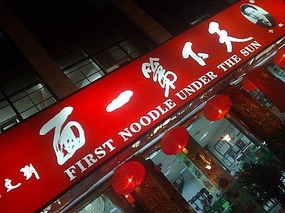
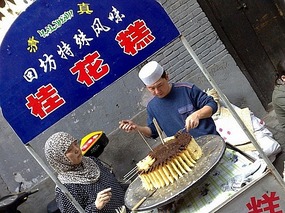
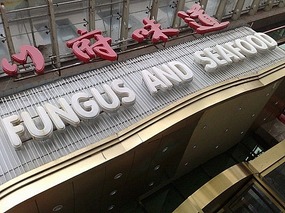
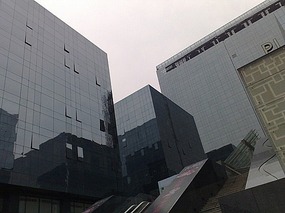
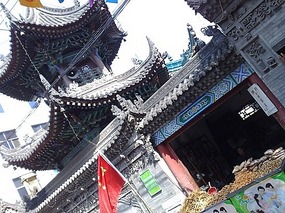
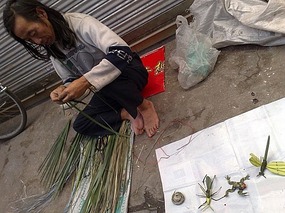
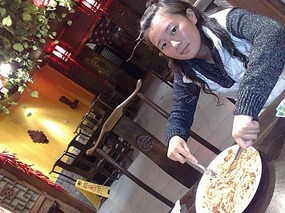
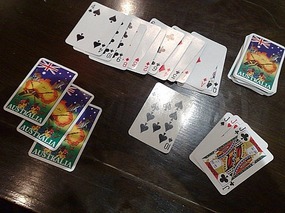
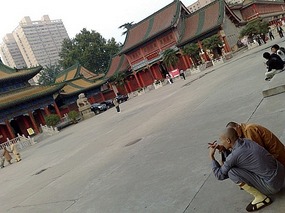
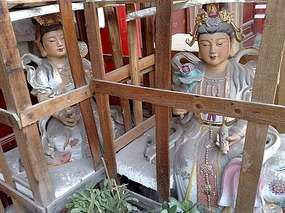
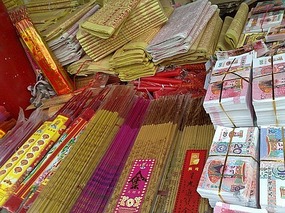
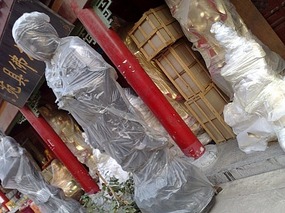
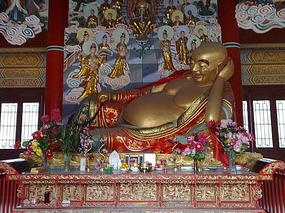


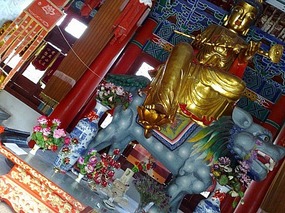
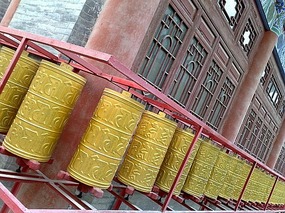
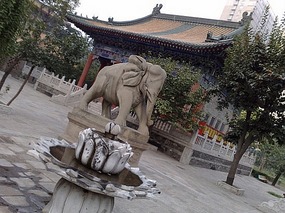
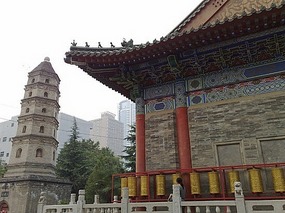
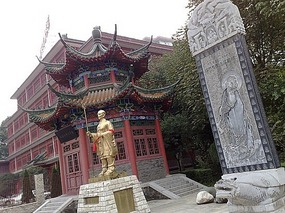
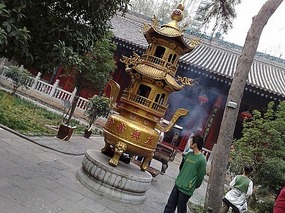
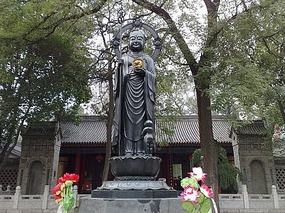
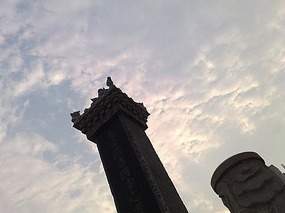

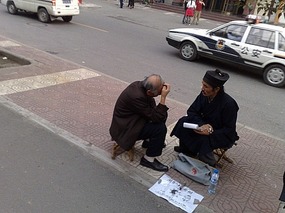
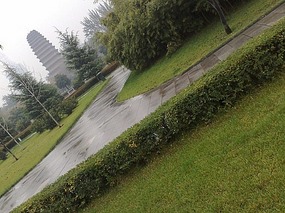
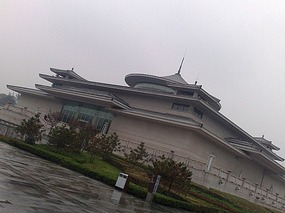

2025-05-22